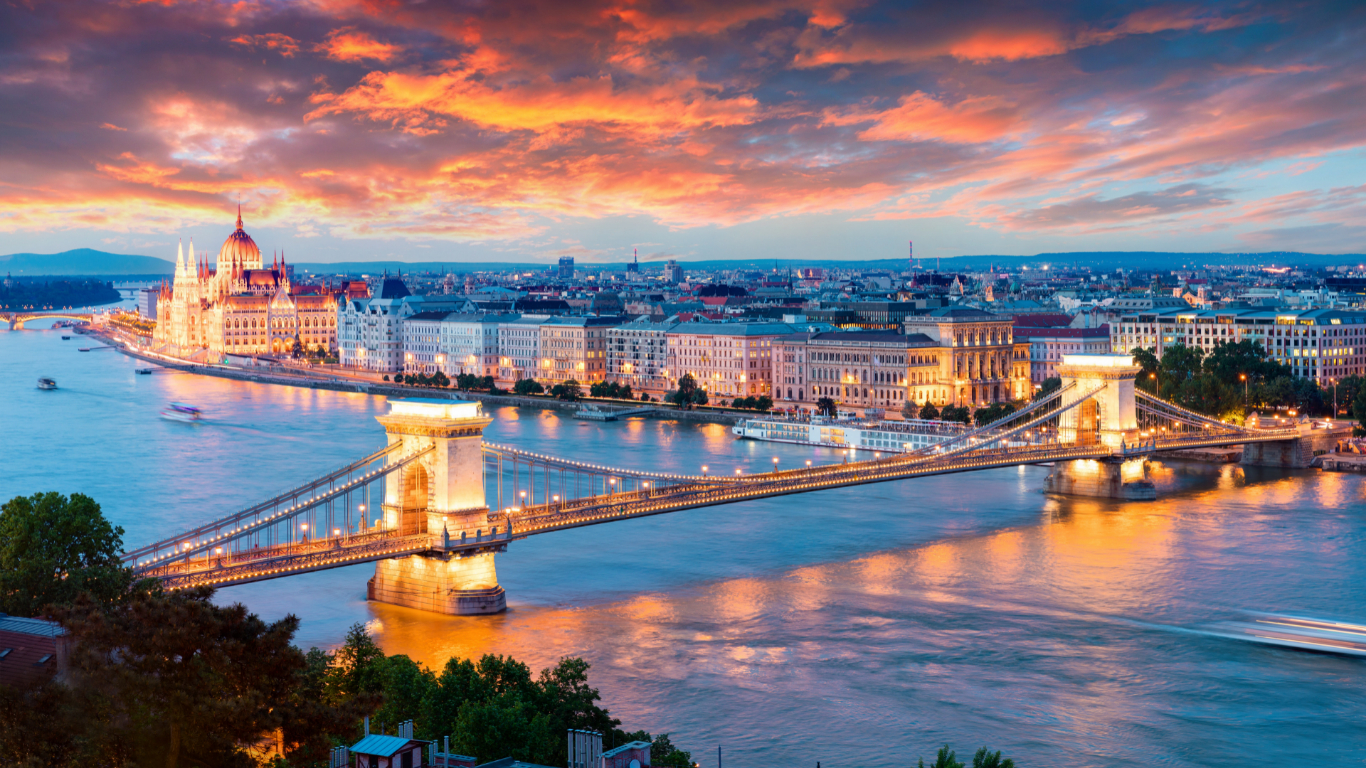Tourism in Hungary
Budapest became one of Central Europe’s most popular tourist attractions in the 1990s.
Attractions in the city include Buda Castle which houses several museums including the Hungarian National Gallery, the Matthias Church, the Parliament Building and the City Park. The city has many museums, three opera houses, and thermal baths. Buda Castle, the Danube River embankments and the whole of Andrássy Avenue have been recognized as an UNESCO World Heritage Site.
Hungary has an estimated 1,300 thermal springs, a third of which are used as spas across the country. Hungary’s thermal waters and spa culture are promoted to tourists. Only France, Japan, Bulgaria, Iceland, and Italy have similar thermal water capacity. Hungary’s thermal baths have been used for 2,000 years for cleansing, relaxation and easing aches and pains. The Romans were the first to use Hungary’s thermal waters in the first century, when they built baths on the banks of the Danube River. Budapest lies on a geological fault that separates the Buda hills from plains. More than 30,000 cubic metres of warm to scalding (21° to 76 °C) mineral water gushes from 118 thermal springs and supply the city’s thermal baths. Budapest has been a popular spa destination since Roman times. Some of the baths in the city date from Turkish times while others are modern. They have steam rooms that utilize the healing properties of the springs. Most of the baths offer medical treatments, massages, and pedicures. The most famous of Budapest’s spas were built at the turn of the 19th century.
There are two hundred known caves under Budapest, some of which can be visited by tourists and are a popular tourist attraction. In the Buda hills there are caves that are unique for having been formed by thermal waters rising up from below, rather than by rainwater. The Pálvölgy Stalactite Cave is a large and spectacular labyrinth. Discovered in the 1900s, it is the largest of the cave systems in the Buda hills. The Szemlohegy Cave has no stalactites and has fewer convoluted and claustrophobic passages than the Pálvölgy Cave. The walls in this cave are encrusted with precipitates formed by warm water dissolving mineral salts. The air in the cave is very clean and its lowest level is used as a respiratory sanatorium. The Matyas Cave in the outskirts of the city has a crawling-room-only section called the “sandwich of death.”

